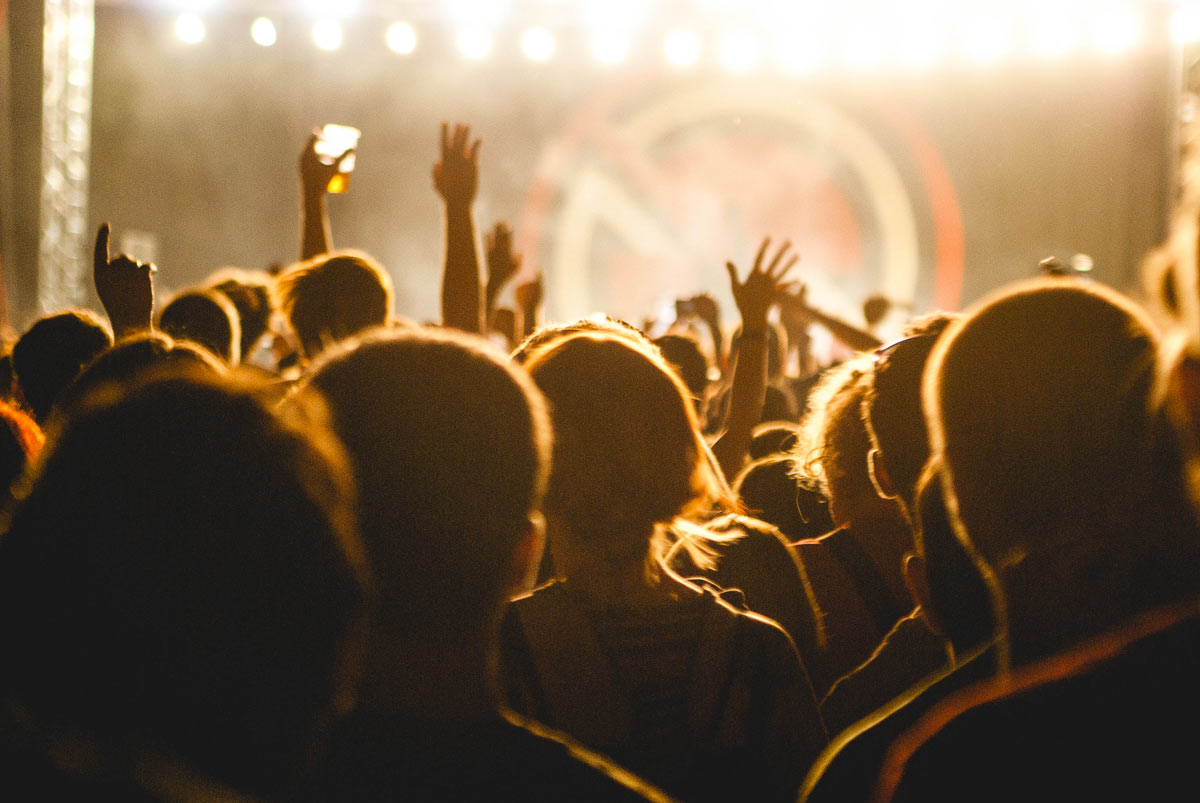Are you ready to play in front of an audience? It’s time to organise a live show to gather your fans, friends, family and more. A very good idea that requires a few key elements to succeed.
For a first music show, a bar is a perfect location.
It is only natural to think of a bar that you may already be familiar with, perhaps where you are used to going or whose atmosphere or location you like. The goal is to feel comfortable in a familiar setting but also to find a place where it will be easy to ask for privatisation of the venue because you will already know the owner or the manager of the place. You can also pick the bar for its atmosphere if it is in line with your universe or what you want to show your audience. Don’t forget about the number of people you expect or want to invite – it’s usually better to opt for a smaller venue that will be filled rather than a large space that may look a bit empty.
Once you have a location in mind, you will need permission from the bar owner or event manager. Think about the length of your show and how late you can play to avoid breaching noise limits and disturbing the neighbours. Take this carefully into account when the venue is located in a residential area as there are strict noise limits established by local councils. Ask if the venue you have in mind has the necessary equipment to monitor noise levels.
When you make your request for quote, expect to receive a proposal for dry hire or a package system, such as a fixed fee including drinks and staff hire. It is up to you to negotiate and decide depending on your budget.
Apply for licences and permissions ahead of time.
As an artist, if you would like to sing other people’s songs, it is important to have permission to do so from the songwriters. How? You’ll need to get in touch with the local music collecting society (e.g. PRS for music).
Don’t forget to get insurance either! It is mandatory for any event organiser to have public liability insurance to cover potential property or equipment damage or injuries to members of the audience. The insurance contract must specify what is covered in terms of protection of the audience and any property or goods. Ahead of your event, get in touch with your insurance company as they can advise you on any additional option to get in order to be fully covered.
In terms of safety, if you organise your music show in a small venue, it will not be mandatory to have a first aid cover on location but do think about making a list of emergency numbers and a first-aid kit available to the owner or venue manager.
Planning audience and accesses
You have your venue, you have ensured you are protected and have everything you need to organise your music show, now all that’s left to do is get people to attend!
Similar to other events, you should plan to communicate to your network. For a small show, your inner circle is easily and quickly informed. Set the date depending on the availability of the people that you would like to invite. It can be interesting to check out the dates of similar or “not-to-be-missed” events that could clash with yours.
If you want to organise something bigger, you can create an event on social media, invite your friends and ask them to invite their network and so on. Find out how to be registered as an event on local event calendars, in the media, etc. or hand out flyers.
Naturally, all these communication tools should be planned and scheduled depending on the scope of the event you have in mind.
The benefit of organising a music show at a bar is that a crowd of regulars may be there for your show, ensuring an audience of people who may have an interest. Also, think about advertising your show at the bar!
Don’t hesitate to set up an online ticketing or registration – free or not – as this will enable you to have an idea of the size of the audience in advance and check if you are turning a profit or not (if people pay for tickets) as well as limit the number of tickets so as not to create too big a crowd for the venue. This last part can be managed in two ways:
- limit the number of tickets using a quota
- warn in all your communications that the number of tickets is limited. Therefore, people will know they need to be there early to have a seat.
In order not to go over the maximum number of people the bar can welcome, you can control tickets at the entrance using a list and stamping the hand of people coming in so that they can come and go as they please (to get some air, smoke, etc.) and use a people counter to monitor the number of people in the bar at any moment. Alternatively, using ticket scans for any entry or exit, the control device or app you use will enable you to monitor in real time the number of people in the room and know if your maximum has been reached. This can all be managed by the safety manager, a key member of your team who will ensure the smooth operation of your event.
Follow these steps to organise any music show and remember, privatising a bar will give you several benefits as well as a special atmosphere. Now it’s your turn to shine:
